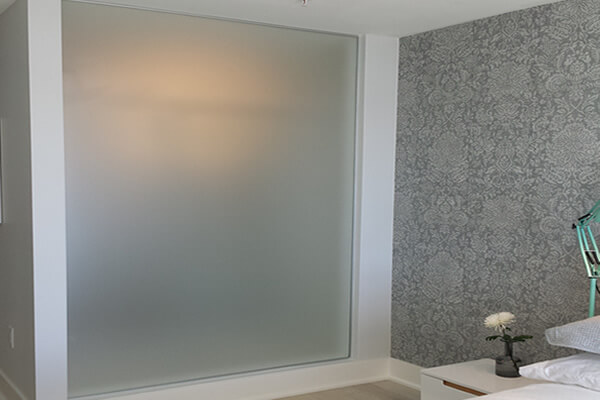

The Allure of Float Bath Glass A Blend of Tradition and Innovation
In the world of glass making, few techniques hold the same allure and historical significance as float bath glass manufacturing. This unique method combines time-honored traditions with modern innovation, producing glass that is not only aesthetically pleasing but also functional. As we delve into the art and science of float bath glass, we uncover the intricacies involved in its production, the applications that have made it a staple in various industries, and its environmental considerations.
Understanding Float Bath Glass
The process of creating float bath glass dates back to the mid-20th century and involves a fascinating chemical ballet. The primary ingredients—silica sand, soda ash, and limestone—are melted together in a furnace at extremely high temperatures, exceeding 1,600 degrees Celsius. Once the raw materials become molten, they are directed onto a pool of molten tin. The glass floats on the tin, spreading out evenly due to gravity and surface tension.
This unique floating process results in exceptionally flat sheets of glass, free of imperfections. The uniform thickness ranges from a mere few millimeters to several centimeters, depending on the intended application. The outcome is glass that provides optical clarity and is ideal for a variety of uses, ranging from windows to mirrors and even intricate decorative pieces.
Applications of Float Bath Glass
Float bath glass is perhaps most commonly recognized for its applications in architecture. The aesthetics of sleek, expansive glass panels have transformed buildings, offering both natural light and unobstructed views. Additionally, the thermal and acoustic properties of float glass make it an attractive choice for modern commercial buildings, enhancing energy efficiency while minimizing exterior noise.

Moreover, float glass has found its way into various sectors, including automotive manufacturing. Automotive glass, particularly windshields, leverages the strength and clarity of float glass to ensure driver safety and comfort. Innovations in manufacturing techniques have allowed for laminated and tempered float glass options that provide additional safety features.
Another exciting aspect of float bath glass is its role in technology. As the electronics industry continues to grow, the demand for high-quality glass substrates has surged. These substrates serve essential functions in screens for smartphones, tablets, and televisions, where clarity and durability are paramount. The beauty of float glass is that it can be treated and coated with various materials to enhance its properties further, enabling advancements in existing technologies.
Environmental Considerations
With the rise of sustainable practices across industries, float bath glass manufacturing has not been left behind. The process is inherently energy-intensive, primarily due to the high temperatures required; however, advancements in technology are making operations more eco-friendly. Manufacturers are increasingly using recycled glass as a raw material, reducing energy consumption and waste. This 'cullet' helps to lower melting temperatures and contributes to a circular economy, where glass can be reclaimed and reused.
In addition, many modern float glass producers are investing in renewable energy sources to power their operations. Employing solar, wind, or even biomatter can significantly diminish the carbon footprint of float glass manufacturing. As consumers become more environmentally conscious, the demand for sustainably produced float glass continues to rise, leading to further innovation in production methods.
Conclusion
In summary, the world of float bath glass is a fascinating blend of art, science, and environmental consideration. This unique glass manufacturing technique is renowned for its clarity, uniformity, and versatility, finding applications across many sectors, from architecture to technology. Furthermore, as the industry seeks to innovate sustainably, we can expect to see continued advancements that marry tradition with responsibility. Whether you’re admiring a glass skyscraper, gazing through a beautifully crafted window, or scrolling through your smartphone, you are likely experiencing the extraordinary legacy of float bath glass. Its journey from raw materials to breathtaking finished product is not just a testament to human ingenuity but also a glimpse into the future of glass manufacturing.